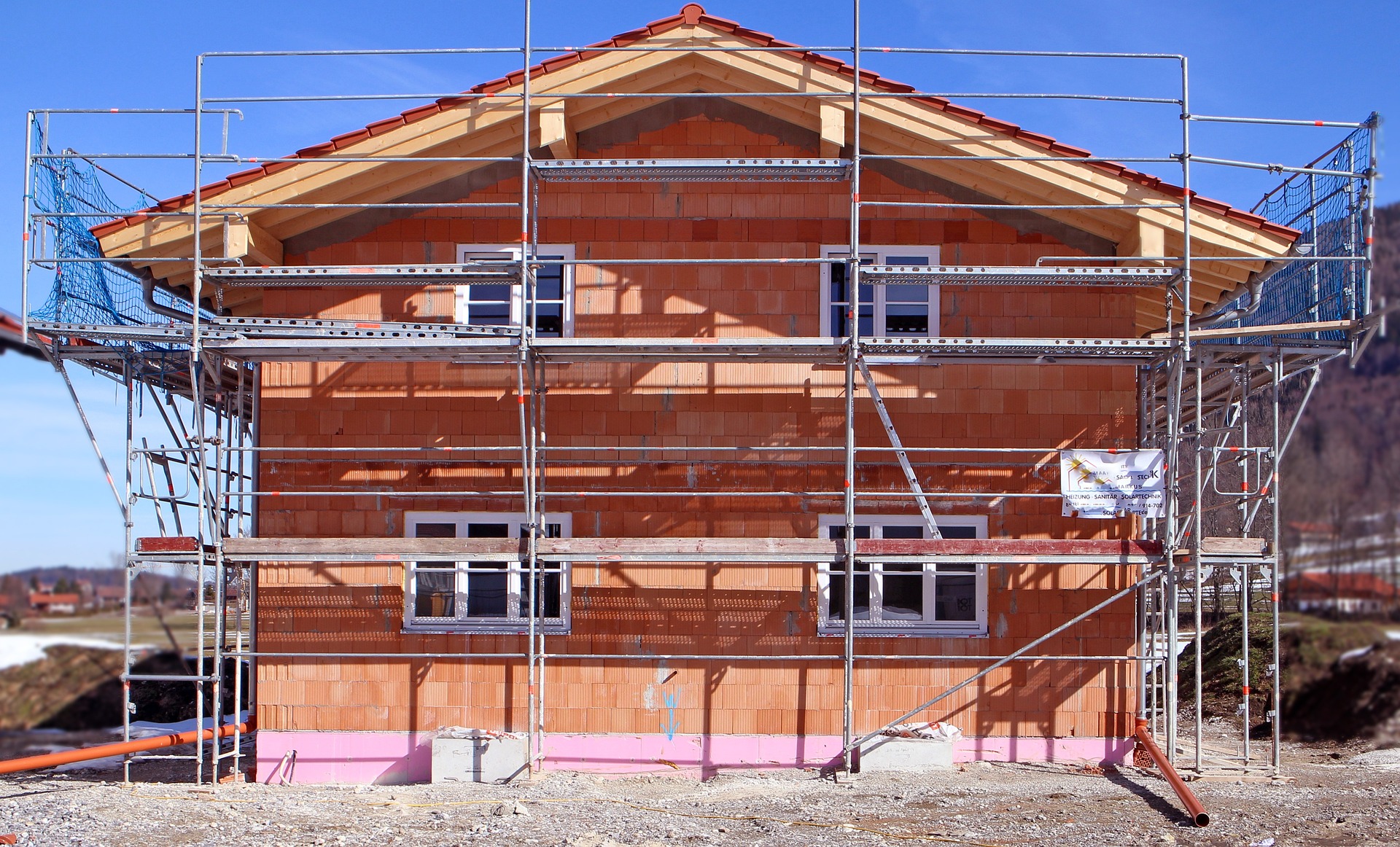Net-Zero Eco Homes: Designing Energy-Efficient Living
Eco homes combine smart design, renewables, and low-waste materials to cut energy bills and carbon footprints while improving indoor comfort. Learn how solar, heat pumps, modular construction, airtight envelopes, and monitoring tools work together to create practical, net-zero-ready houses that perform well across climates and budgets. Discover planning tips, technology choices, and actionable strategies to build or retrofit a healthier, more resilient home.

How renewable energy integrates with eco homes
Renewable power is central to many eco-home strategies because it supplies electricity and heat without ongoing fossil fuels. Depending on site conditions and budget, homeowners can choose solar, wind, or ground-source (geothermal) systems. For the majority of residential projects, on-site generation reduces reliance on the utility grid and pairs effectively with energy-saving measures: the lower a home’s consumption, the smaller—and less expensive—the renewable system needed. Incorporating renewables early in design (considering roof orientation, structural loading, and electrical panel capacity) simplifies installation and improves cost-effectiveness.
Are solar panels required for an energy-efficient house?
Solar photovoltaic arrays are one of the most widespread and accessible ways to produce on-site electricity, and they are frequently paired with battery storage to raise self-sufficiency. While they are highly effective, solar panels are not mandatory for every efficient home. Their value depends on roof slope, shading, local climate patterns, and available incentives. To maximize return, solar works best alongside efficient appliances, LED lighting, and smart energy controls that shift usage away from peak periods and reduce overall demand—making it easier to approach net-zero operation.
Can modular construction speed up sustainable building?
Modular, factory-built construction can accelerate schedules, cut waste, and improve quality control—advantages that align well with sustainable building goals. Producing units in a controlled factory setting reduces material overruns and weather delays common on-site. It also makes it simpler to integrate high-performance envelopes, consistent insulation levels, and precisely installed windows and doors that improve long-term thermal performance. For developers and owner-builders looking for predictable timelines and repeatable performance, modular methods can be an efficient path when sustainability is prioritized in design.
What does net zero mean for homeowners?
Net zero describes a building that, over a defined period (usually a year), generates as much energy as it consumes. Reaching this target generally begins with aggressive efficiency upgrades—improved insulation, tight air barriers, and highly efficient HVAC systems—then adds renewable generation to offset remaining use. Some homeowners focus on net-zero energy, others on net-zero carbon; definitions vary. Pursuing net zero often raises comfort, lowers exposure to volatile energy prices, and increases resilience, especially when paired with batteries or demand-management systems that help during outages or peak pricing.
Practical steps to make a home truly energy efficient
A genuinely efficient home blends passive design with efficient active systems. Passive measures include compact building form, continuous thermal insulation, high-performance glazing, and orientation strategies to capture or reject solar heat seasonally. Active systems cover electric heat pumps for heating and cooling, balanced ventilation with heat-recovery, efficient LED lighting, and smart thermostats and controls that eliminate wasteful operation. Quality assurance—airtightness testing, commissioning, and proper system tuning—ensures installations perform as intended.
Material choices matter too: selecting low-embodied-energy products and locally sourced materials reduces lifecycle impacts. Finally, installing monitoring and feedback tools helps occupants track consumption and adjust behavior, enabling continuous performance improvements.
How these approaches work together
Net-zero goals, on-site renewables, and modular construction are complementary strategies. Prioritizing energy efficiency first shrinks the renewable capacity required, improving affordability and feasibility for solar and storage. Modular construction supports repeatable, high-quality assemblies that maintain performance long term. Setting clear net-zero targets gives designers a performance benchmark and helps prioritize investments that deliver the most benefit.
Thoughtful planning—site assessment, robust insulation, appropriate renewable technology choices, and attention to indoor air quality—lets homeowners achieve substantial cuts in energy use and greenhouse gas emissions while enjoying better comfort. Whether building new or retrofitting existing stock in urban, suburban, or rural settings, these practical strategies make eco homes an achievable path toward sustainable, resilient living.






